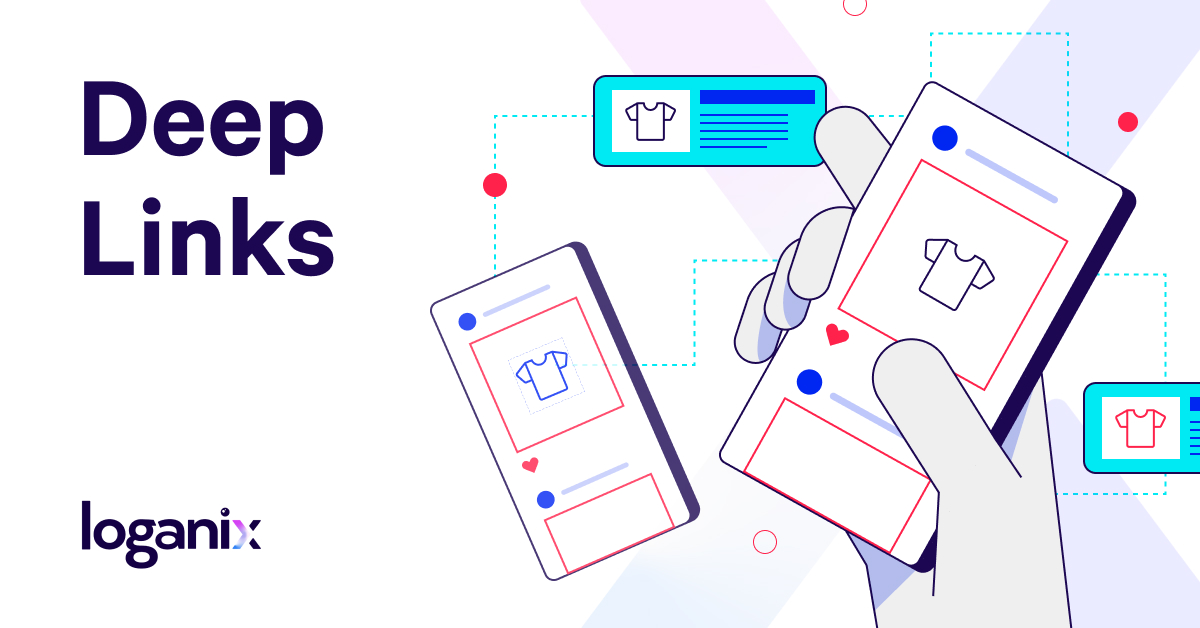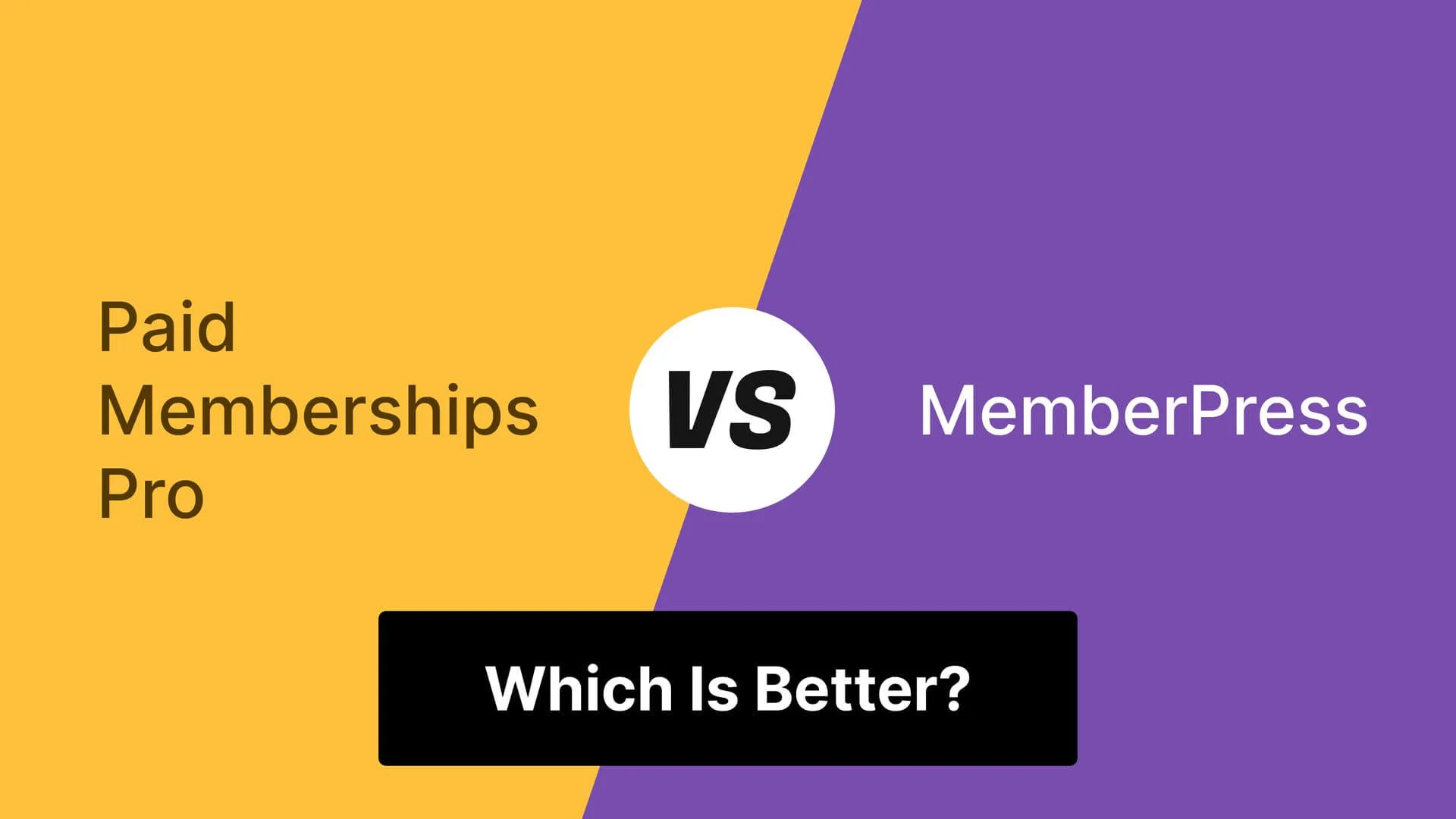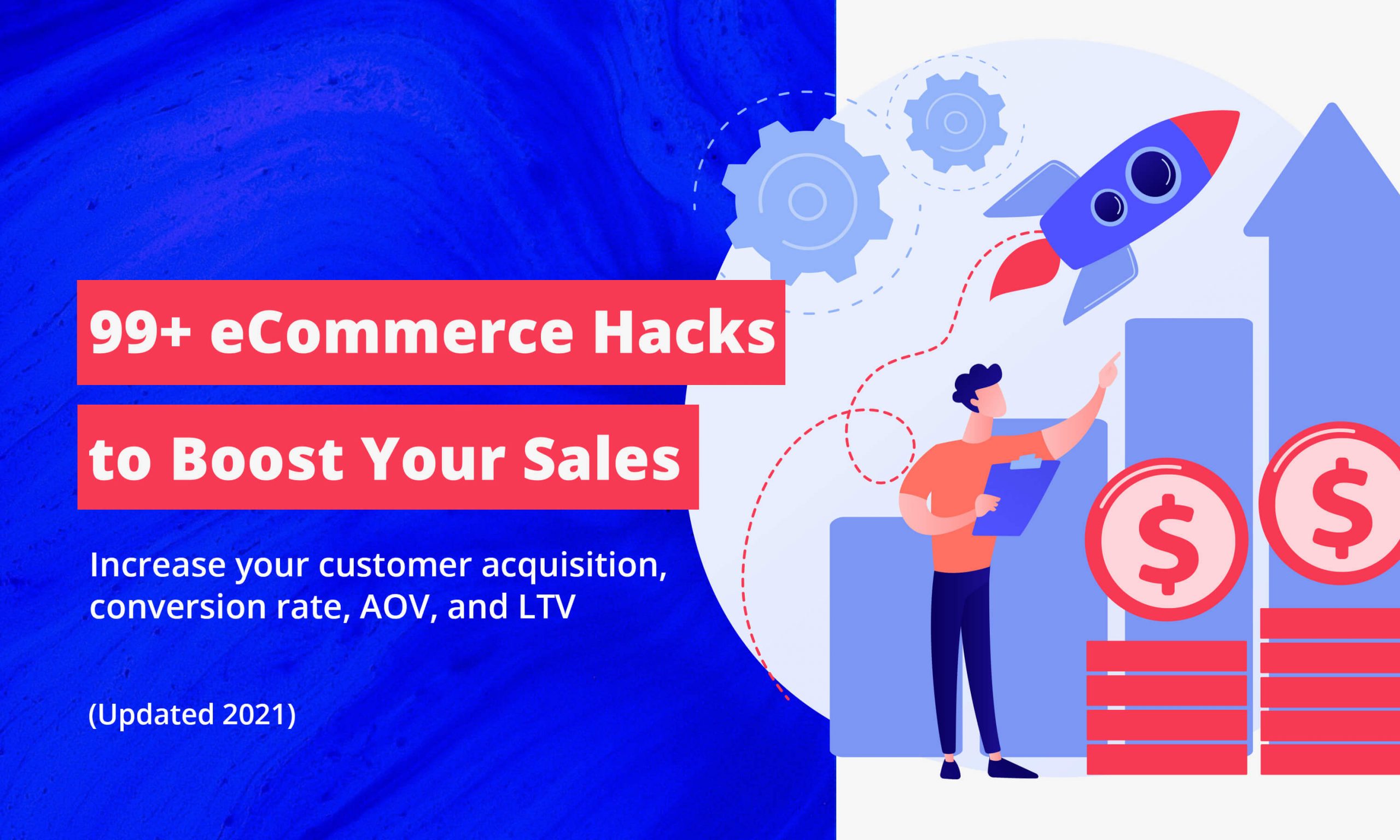In the fast-paced world of mobile marketing in 2025, deep-linking has evolved from a nice-to-have feature to a critical component of successful user acquisition and conversion strategies. The ability to seamlessly guide users from social media ads directly to specific product pages or checkout flows can make the difference between a successful campaign and wasted advertising spend. This comprehensive guide breaks down the complexities of deep-linking and provides actionable implementation strategies for modern mobile applications.
Deep-linking technology has revolutionized how users interact with mobile applications. What once required multiple taps and navigational steps can now be accomplished with a single click, dramatically improving user experience and conversion rates. Companies that have mastered deep-linking report average increases of 35% in conversion rates and 42% improvements in return on ad spend (ROAS). These numbers represent not just technical achievements, but fundamental improvements in user journey optimization.
Understanding Deep-Linking Technologies
URI Schemes vs. App Links vs. Universal Links
| Technology | Platform | Fallback Behavior | Security | Implementation Complexity |
|---|---|---|---|---|
| URI Schemes | iOS & Android | Opens App Store if app not installed | Basic | Low |
| App Links | Android Only | Automatic web fallback | Domain verification required | Medium |
| Universal Links | iOS Only | Automatic web fallback | Domain verification required | Medium |
| Deferred Deep-Links | Cross-Platform | Preserves link context after install | Enhanced with attribution | High |
URI schemes represent the most basic form of deep-linking, using custom URL protocols like myapp://product/12345 to open specific content within applications. While simple to implement, they offer limited fallback options and security features. When a user clicks a URI scheme link but doesn’t have the app installed, they’re typically directed to the app store without preserving the original link context.
App Links and Universal Links address these limitations by providing more sophisticated fallback mechanisms. App Links, introduced by Android, and Universal Links, Apple’s solution, both require domain verification to ensure that only authorized applications can handle links from specific domains. This verification process adds security but also increases implementation complexity.
Key Insight: Modern deep-linking strategies should incorporate all three technologies to ensure maximum compatibility and optimal user experience across different platforms and scenarios.
Deferred Deep-Linking Flow Architecture
Complete Deferred Deep-Linking Process
The deferred deep-linking flow represents the most sophisticated implementation of deep-linking technology, enabling seamless user experiences even when applications aren’t initially installed. This capability is particularly crucial for paid advertising campaigns where every click represents a significant investment. Companies using deferred deep-linking report 28% higher conversion rates from social media advertising compared to standard deep-linking approaches.
The flow diagram above illustrates the complexity involved in maintaining context across installation boundaries. Each step in the process must be carefully orchestrated to ensure that users arrive at the intended destination regardless of their starting point. This requires robust backend infrastructure, precise timing coordination, and comprehensive error handling.
Setting Up Deep-Linking Services
Branch.io Implementation Guide (10 Minutes Setup)
Create a free Branch.io account and add your app information including bundle identifiers for iOS and Android. This process typically takes 2-3 minutes and provides you with unique Branch keys for your application.
Install the Branch SDK in your mobile application. For iOS using CocoaPods: pod 'Branch'. For Android using Gradle: implementation 'io.branch.sdk.android:library:5.2.3'. Configuration requires adding your Branch key to app configuration files.
Configure your app’s associated domains for iOS and Android app links. This involves adding domain verification files to your web server and updating app configuration files with the appropriate domain information.
Create your first deep links using Branch’s dashboard or API. Links can include campaign parameters, content identifiers, and custom data that will be passed to your application upon opening.
Test your implementation using Branch’s built-in testing tools and real devices. Verify that links work correctly for both installed and non-installed scenarios, and that all parameters are properly passed to your application.
Firebase Dynamic Links Implementation Guide
Create a Firebase project and add your iOS and Android applications. Download and add the appropriate configuration files (GoogleService-Info.plist for iOS, google-services.json for Android) to your projects.
Install Firebase Dynamic Links SDK. For iOS: pod 'Firebase/DynamicLinks'. For Android: implementation 'com.google.firebase:firebase-dynamic-links:21.1.0'.
Configure dynamic link domains in the Firebase console and set up fallback URLs for both web and app store destinations. This ensures proper routing for all user scenarios.
Troubleshooting Common Issues
Common Deep-Linking Problems and Solutions
This issue typically occurs when deep-link domains aren’t properly configured or when the app isn’t correctly associated with the domain. Verify that your associated domains are correctly listed in your app configuration and that domain verification files are properly hosted on your web server.
Solution: Double-check domain configurations in both app settings and web server files. Ensure that SSL certificates are valid and that there are no redirects that might break the association.
iOS users may see repeated prompts asking them to open your app, creating a frustrating loop experience. This usually happens when Universal Links aren’t properly configured or when users have previously chosen to open links in Safari instead of the app.
Solution: Ensure proper apple-app-site-association file configuration. If users are stuck in loops, they may need to long-press the link and select “Open in App” to reset the preference.
When deferred deep-links fail to deliver users to the correct content after installation, it’s usually due to incorrect attribution setup or timing issues in the initialization process.
Solution: Verify that your app initializes the deep-linking SDK immediately upon launch and that attribution parameters are being properly captured and stored during the click event.
Different behavior between iOS and Android platforms often stems from platform-specific configuration differences or inconsistent link parameter handling.
Solution: Implement platform-specific deep-link handling logic and ensure that parameter names and formats are consistent across both platforms. Test thoroughly on multiple device configurations.
Discrepancies between deep-linking platform attribution and advertising platform data can occur due to different attribution windows, data processing delays, or mismatched campaign naming conventions.
Solution: Standardize campaign naming across all platforms and ensure that attribution windows are synchronized. Allow sufficient time for data processing before making comparisons.
Attribution Analytics Dashboards
Deep-Linking Performance Metrics
Impact on Return on Ad Spend (ROAS)
Measurable Business Results
The implementation of sophisticated deep-linking strategies has proven to be one of the most impactful improvements marketers can make to their mobile acquisition campaigns. Companies that have fully embraced deferred deep-linking and comprehensive attribution reporting consistently outperform competitors in key performance metrics.
The ROAS improvements stem from multiple factors working in concert. First, deep-linking reduces friction in the user journey, eliminating steps that might cause users to abandon their intended actions. Second, precise attribution enables more efficient budget allocation by identifying the highest-performing channels and creative approaches. Third, the ability to deliver users directly to relevant content increases the likelihood of conversion and reduces support costs.
Industry Benchmark: Top-quartile mobile apps using advanced deep-linking achieve ROAS improvements of 50-70% compared to standard linking approaches.
E-commerce applications have seen particularly dramatic results from deep-linking implementation. By directing users straight to product pages from social media advertisements, these companies have reduced the average path to purchase by 3.2 steps while increasing conversion rates by an average of 41%. The combination of reduced friction and improved targeting creates a powerful multiplier effect on advertising effectiveness.
Gaming applications have leveraged deep-linking to improve user retention by delivering new players directly to relevant game content based on their acquisition source. Social media campaigns promoting specific game features can now guide users directly to those features, resulting in 38% higher Day-1 retention rates and 29% better Day-7 retention.
Best Practices for 2025 Implementation
Key Takeaways for Deep-Linking Success
Deep-linking has evolved from a technical curiosity to a fundamental requirement for successful mobile marketing in 2025. The ability to create seamless user journeys from advertisement to conversion directly impacts key business metrics including revenue, customer acquisition costs, and user lifetime value.
Companies that invest in sophisticated deep-linking implementations are seeing measurable returns that justify the technical complexity. The combination of improved user experience, precise attribution, and higher conversion rates creates a compelling business case for comprehensive deep-linking adoption.
As mobile marketing continues to evolve, deep-linking capabilities will become even more sophisticated. Emerging technologies like app clips, instant apps, and progressive web app integration will create new opportunities for seamless user experiences. Organizations that master current deep-linking best practices will be well-positioned to take advantage of these future innovations.
The investment in deep-linking infrastructure pays dividends not just in immediate conversion improvements, but in the enhanced data and insights that enable more effective marketing strategies. The precise attribution capabilities provided by sophisticated deep-linking systems allow marketers to make better decisions about budget allocation, creative development, and channel optimization.
Final Recommendation: Every mobile application with commercial objectives should prioritize deep-linking implementation as a core business requirement, not just a technical feature.






